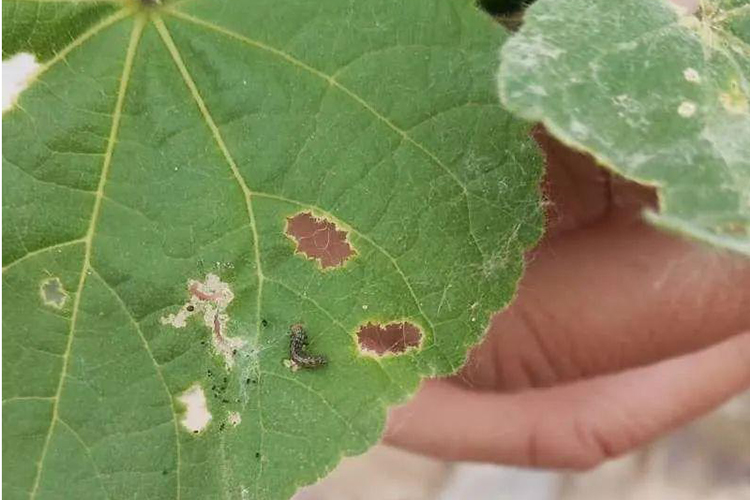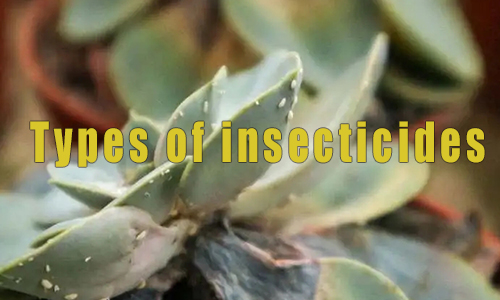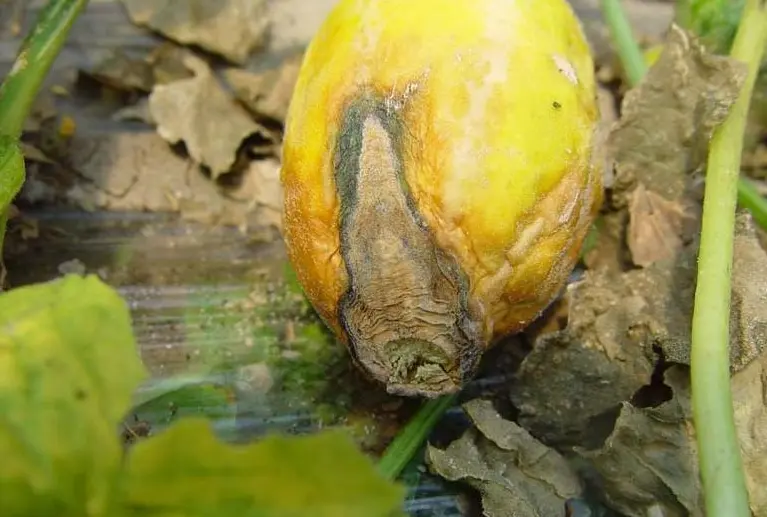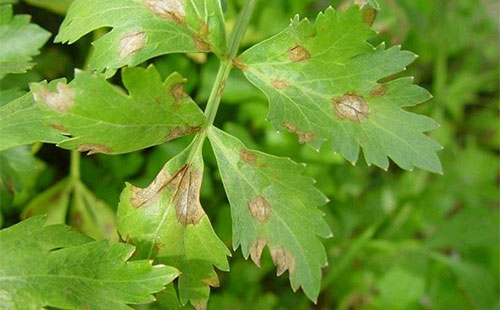We compare and contrast propiconazole and tebuconazole based on their mode of action, crop suitability, and economic cost:
Similarities of propiconazole and tebuconazole:
Mode of action: Propiconazole and tebuconazole are both triazole fungicides in the same chemical class. They act by inhibiting the biosynthesis of ergosterol, an important component of fungal cell membranes, thereby disrupting fungal growth and reproduction.
Applicable crops: Both fungicides are effective against a variety of fungal diseases in a variety of crops, including cereals (such as wheat, barley and corn), fruits, and vegetables.
Economic Cost: In general, both propiconazole and tebuconazole are cost-effective options for controlling fungal diseases in crops. Their prices may vary based on factors such as formula, brand, and frequency of use. Tebuconazole is relatively cheap, and tebuconazole can be compounded with a variety of fungicides to create a formula that is more durable and more in line with local crop needs.

Difference of propiconazole and tebuconazole:
Mode of Action: Although both fungicides have similar modes of action, their effectiveness against specific fungal pathogens may differ due to differences in chemical structure and formulation.
Crop-specific: While these two fungicides are versatile and can be used on a variety of crop types, there may be differences in their label crops and recommended application rates for optimal disease control.
Formulation and Persistence: Propiconazole and tebuconazole may vary in the type of formulation (e.g., emulsifiable concentrate, wettable powder) and persistence in the environment, which may affect their efficacy and potential for resistance development .
Overall, while propiconazole and tebuconazole share similarities in mode of action, crop suitability, and economic cost, there may be subtle differences in performance and application characteristics that growers should consider when selecting a fungicide for crop disease management. These differences should be considered when formulating.







